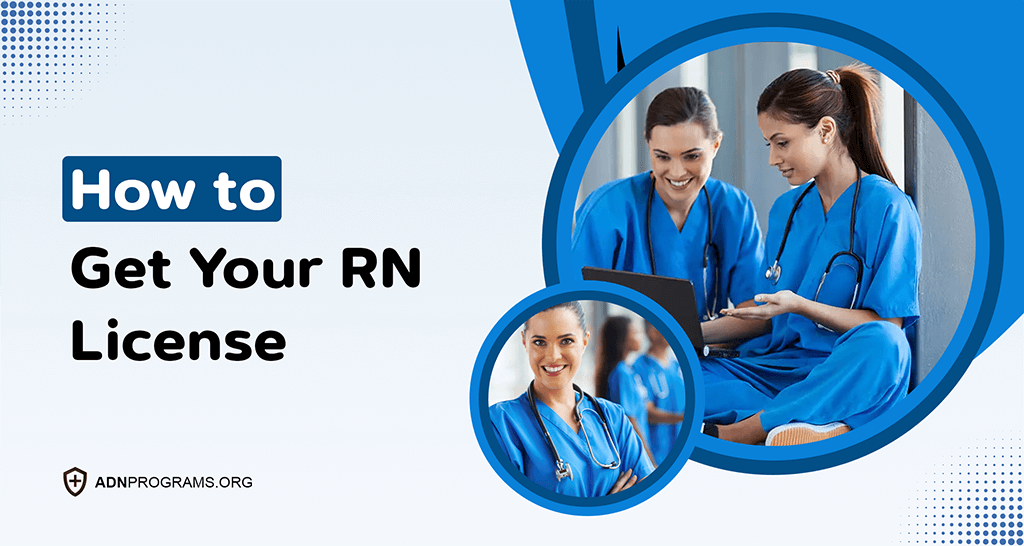
Registered nurses (RNs) are in high demand, and that trend is only going to intensify over the next few decades. To work as an RN anywhere in the country, however, you must have a valid RN license. Like many people, you may be uncertain about how to get one. There is more than one way to do so, so it is important to familiarize yourself with the basic steps to ensure that you have the easiest time possible.
Read on below to learn how to get your RN license.
1. Quickly Complete Your Training By Earning An ADN
People often assume that they have to earn their bachelor's degrees in order to become registered nurses. While holding a bachelor of science in nursing, or BSN, comes in handy, it is not the only path to earning an RN license. You can actually do so in about half the amount of time by earning your associate degree in nursing, or ADN. ADN programs typically take two years to complete, and they prepare you for the NCLEX-RN licensing exam, which you must pass in order to get your license. While earning an ADN is the quickest way to qualify to sit for the exam, it doesn't open up quite as many career opportunities as a bachelor’s degree does.
2. Get Your Bachelor Of Science In Nursing
If you aren't in a major rush to start working as an RN, or if you are planning to eventually earn your master of science in nursing, or MSN, another option is to earn your BSN. This is also the way to go if you want to be eligible for the best compensation and the best positions. As with earning an ADN, getting your BSN qualifies you to sit for the NCLEX-RN. However, most BSN programs take four years to complete, so you will be in school for quite a while. Give plenty of thought to whether you should earn your ADN or BSN, as having to go back later will slow you down.
3. Apply For Your RN License
Whether you earn your ADN or BSN, the next step in the journey toward getting an RN license is applying for your RN license through examination with your state board of nursing. Your training program should advise you on the best way to handle this. However, the process is pretty straightforward. Once you complete your training, you can submit your application along with a copy of your training transcripts. After applying with your state board of nursing for RN licensure through examination, you need to register with Pearson Vue to take the NCLEX-RN licensing exam.
4. Pass The NCLEX-RN Licensing Exam
This exam is administered at testing sites around the country, and it is partially computer based. It consists of a multiple-choice section and a skills section, where you must demonstrate proficiency with certain skills. Your training should have prepared you for the exam, but it will still be very challenging. If you do not pass the exam the first time, don't worry. You can take it two more times before having to complete your training again. Until you pass the NCLEX-RN, however, you will not be licensed as an RN.
5. Get Your License And Apply For RN Jobs
Before you know it, your new RN license will arrive. You will need it to apply for nursing jobs, but you should quickly check the status of your license to ensure that everything is correct first. Prospective employers don't just take applicants' word for it. They check the status of each nursing license. Make sure that yours is valid and that nothing unusual will pop up when prospective employers check it. Once you are certain that everything is in order, add your license information to your resume and start applying for jobs. Whenever possible, include a personalized cover letter to show prospective employers that you are eager to work specifically for them. This will increase your chances of being hired quickly after getting your license.
Right now, it probably seems like it will be ages before you finally have your RN license. However, depending on the path you choose, you could get yours in as little as just a little over two years. Once you have your license, you can truly embark on your exciting nursing career.



